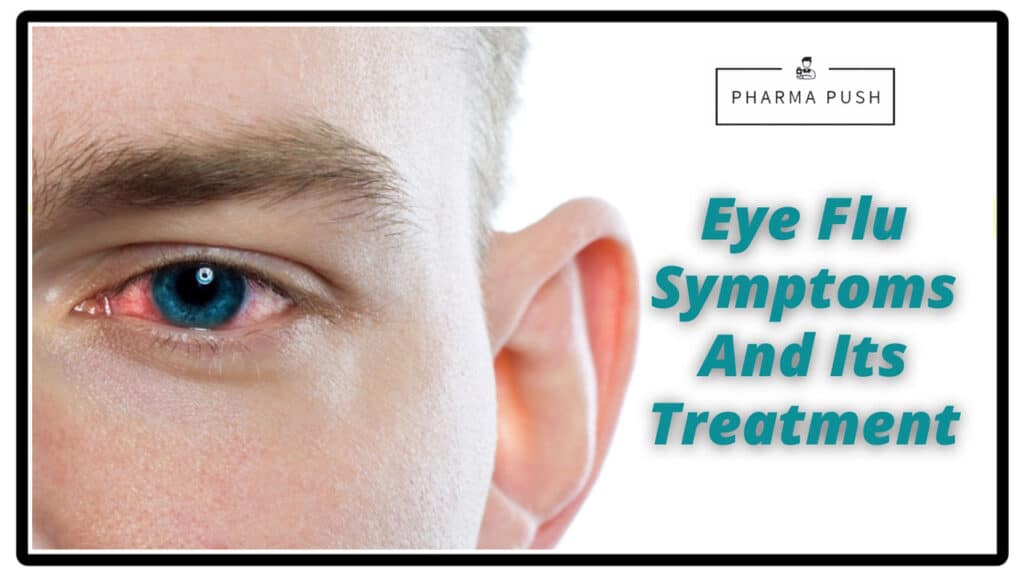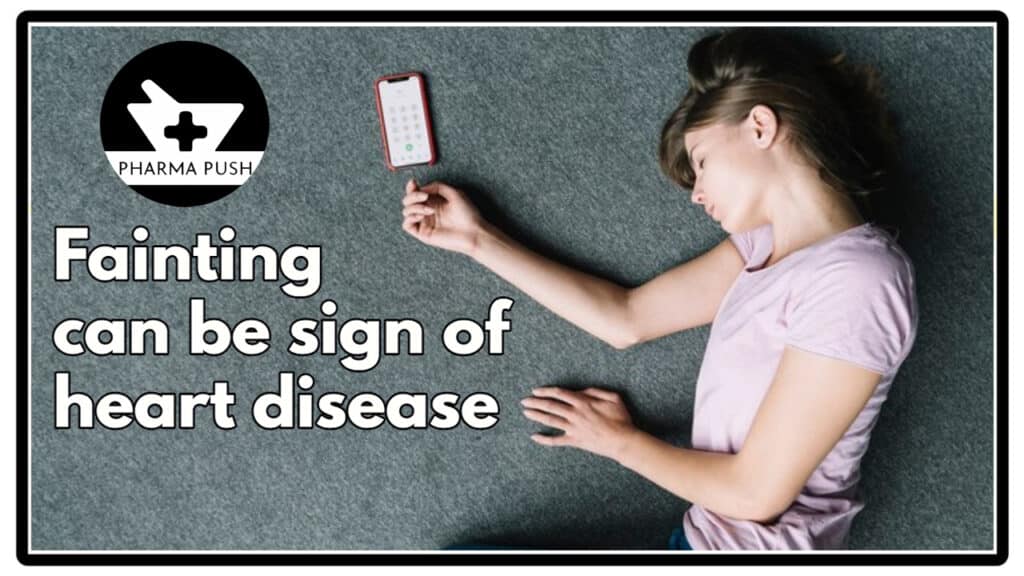Acne is a common skin condition that occurs when hair follicles become clogged with oil and dead skin cells. It often results in the formation of pimples, blackheads, whiteheads, and, in some cases, deeper cysts or nodules. Acne can appear on various parts of the body, but it is most commonly found on the face, neck, chest, back, and shoulders.
There are several types of acne:
- Comedonal Acne: This type of acne involves the formation of blackheads and whiteheads. Blackheads occur when the pores are partially blocked, allowing the trapped sebum (oil) and dead skin cells to oxidize and turn black. Whiteheads are similar but remain closed and appear as small, white bumps.
- Inflammatory Acne: Inflammatory acne is characterized by red, swollen, and painful pimples or pustules. These occur when the hair follicles become more deeply clogged, leading to inflammation and the development of visible lesions.
- Cystic or Nodular Acne: This is the most severe form of acne and is characterized by large, painful cysts or nodules beneath the skin’s surface. It can lead to scarring if not treated promptly.
The exact cause of acne is not fully understood, but several factors contribute to its development, including:
- Excess sebum (oil) production: Overproduction of oil by the sebaceous glands can lead to clogged pores.
- Bacterial overgrowth: The bacterium Propionibacterium acnes can multiply in clogged pores, leading to inflammation and infection.
- Hormonal changes: Hormonal fluctuations, particularly during puberty, menstruation, pregnancy, and menopause, can trigger or worsen acne.
- Diet: While the link between diet and acne is still being researched, some studies suggest that certain foods may exacerbate acne in some individuals.
- Genetics: A family history of acne may increase the likelihood of developing the condition.
- Cosmetic products: Some makeup and skincare products can clog pores and worsen acne. Look for non-comedogenic (won’t clog pores) and oil-free products.
Treatment for acne can vary depending on its severity and type. It may include topical treatments like benzoyl peroxide, salicylic acid, or prescription medications like topical retinoids or oral antibiotics. In severe cases, oral medications such as isotretinoin (Accutane) or hormonal therapies may be prescribed.
You May Like: Treatment of Eye flu disease in easy language
It’s essential to develop a skincare routine that suits your skin type and acne type. If you have persistent or severe acne, it’s advisable to consult a dermatologist for a personalized treatment plan to prevent scarring and achieve clear, healthy skin.
Step-by-step guide on how to treat acne:
Treating acne problems requires a comprehensive approach that targets the underlying causes of acne, reduces inflammation, and promotes healthy skin. Here’s a step-by-step guide on how to treat acne:
- Cleanse your face: Use a gentle, non-comedogenic (won’t clog pores) cleanser to wash your face twice daily, preferably in the morning and before bedtime. Avoid harsh scrubbing, as it can irritate the skin and make acne worse.
- Topical treatments: Over-the-counter (OTC) topical treatments containing ingredients like benzoyl peroxide, salicylic acid, or alpha hydroxy acids can be effective in treating mild to moderate acne. These ingredients can help unclog pores, reduce inflammation, and prevent new breakouts.
- Prescription medications: If OTC treatments don’t work, or if you have severe acne, consult a dermatologist who may prescribe stronger topical or oral medications. Common prescription options include topical retinoids, topical antibiotics, oral antibiotics, and hormonal therapy (for hormonal acne in women).
- Avoid picking or squeezing: It can be tempting to pop pimples, but doing so can lead to scarring and worsen the acne. Hands can carry bacteria that further infect the area.
- Moisturize: Even if you have oily skin, using a non-comedogenic moisturizer is essential to maintain skin hydration. Dry skin can exacerbate acne.
- Sun protection: Always use sunscreen, as some acne medications can make your skin more sensitive to the sun. Choose a non-comedogenic, broad-spectrum sunscreen with SPF 30 or higher.
- Dietary considerations: While the relationship between diet and acne is still under study, some people find that certain foods, like dairy or high-glycemic foods, trigger breakouts. Experiment with your diet and consult with a healthcare provider if you suspect a dietary link to your acne.
- Stress management: Stress can aggravate acne. Practice stress-reduction techniques such as deep breathing, yoga, meditation, or regular exercise to help manage stress levels.
- Good hygiene: Change pillowcases and bed sheets regularly, and avoid touching your face with unwashed hands.
- Hydration: Drink plenty of water to keep your skin hydrated from within.
- Professional treatments: Dermatologists can provide treatments like chemical peels, microdermabrasion, laser therapy, or corticosteroid injections for stubborn or severe acne.
- Give it time: Be patient. Acne treatments often take several weeks to show significant improvement, so don’t expect overnight results.
Remember that everyone’s skin is different, so what works for one person may not work for another. It’s important to consult with a dermatologist who can provide personalized advice and treatment options based on your specific type and severity of acne.
Additionally, some people may have acne that’s related to underlying medical conditions, such as polycystic ovary syndrome (PCOS) or hormonal imbalances. If you suspect an underlying issue, consult a healthcare professional for further evaluation and guidance.
Medicine Use In Acne
The treatment of acne typically involves a combination of topical and/or oral medications, as well as lifestyle changes and skincare practices. The choice of treatment depends on the severity of the acne and individual factors. Here are some common medications and approaches used in the management of acne:
- Topical Treatments:
- Benzoyl Peroxide: It kills the bacteria that contribute to acne, helps unclog pores, and reduces inflammation.
- Topical Antibiotics: Such as clindamycin or erythromycin, which can reduce acne-causing bacteria.
- Topical Retinoids: These are derivatives of vitamin A (e.g., tretinoin, adapalene) that help unclog pores and promote skin cell turnover.
- Azelaic Acid: It has both antibacterial and anti-inflammatory properties and is available in topical formulations.
- Salicylic Acid: It helps unclog pores and can be found in various over-the-counter products.
- Oral Medications:
- Oral Antibiotics: Antibiotics like doxycycline, minocycline, or tetracycline may be prescribed to reduce inflammation and control bacterial growth.
- Oral Contraceptives: Some birth control pills with estrogen and progestin can regulate hormones and improve acne in women.
- Isotretinoin (Accutane): This potent oral medication is reserved for severe, cystic acne that hasn’t responded to other treatments. It has significant side effects and requires careful monitoring.
- Other Treatments:
- Hormonal Therapy: Spironolactone, an anti-androgen medication, is sometimes used to control acne in women by reducing the effects of male hormones.
- Light and Laser Therapy: These treatments can target acne-causing bacteria or reduce oil production and inflammation.
- Chemical Peels: They can help improve skin texture and reduce acne lesions.
- Steroid Injections: For severe cystic acne, a healthcare provider may inject corticosteroids directly into the lesions to reduce inflammation.
It’s important to note that the choice of treatment should be tailored to the individual’s specific needs and the type and severity of their acne. Consultation with a healthcare provider or dermatologist is crucial for a proper diagnosis and treatment plan. Additionally, acne treatments may take time to show results, and consistency in following the prescribed regimen is essential for successful management.


